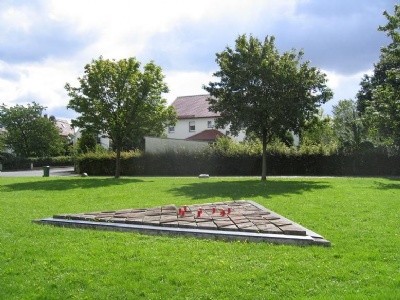Niederhagen
This camp was established in September 1941 and was relatively small in both area and number of prisoners. Only about 3900 prisoners were in the camp, but of these, no less than 1285 died in the camp, of which 56 were officially executed. The prisoners were mainly involved in the expansion of the nearby Wewelsburg castle. The camp was dismantled in 1943 and, in addition to a dozen prisoners under the direct administration of Wewelsburg (see Wewelsburg), the remaining prisoners were transferred to Buchenwald. The camp was partly demolished or the buildings used for other purposes.
Current status: Demolished with monument (2007).
Address: Ahornstrasse 1, 33142 Büren.
Get there: Car.
Follow up in books: Kogon, Eugen: The Theory and Practice of Hell: The German Concentration Camps and the System Behind Them (2006).

Niederhagen is one of several camps that, unlike the larger camps, fell into oblivion after the war. For example, the fact that former camp buildings were rebuilt or used for other pruposes is not unique in the history of the concentration camps. The camp entrance and the camp administration was in 2007 a large private villa. The second building, which, like the camp entrance, was not demolished but renovated, is the prisoners’ kitchen, which today belongs to the fire brigade in Büren. At the castle Wewelsburg a few kilometers away there is a museum that informs about Niederhagen.